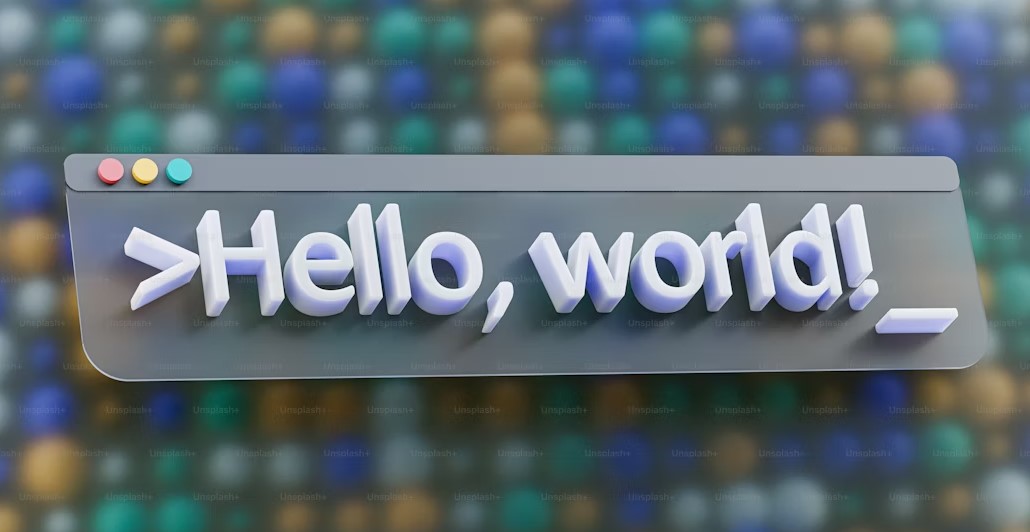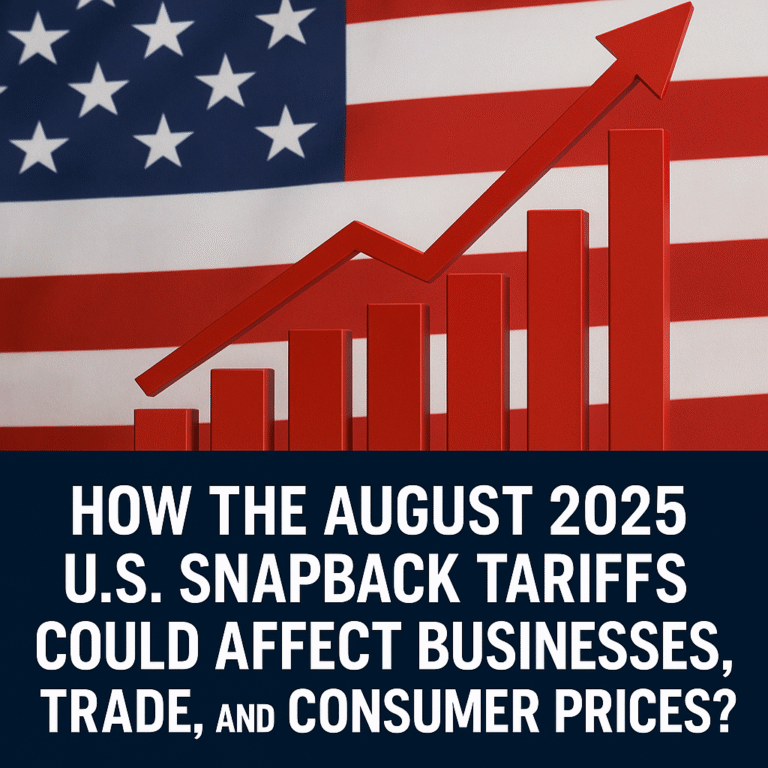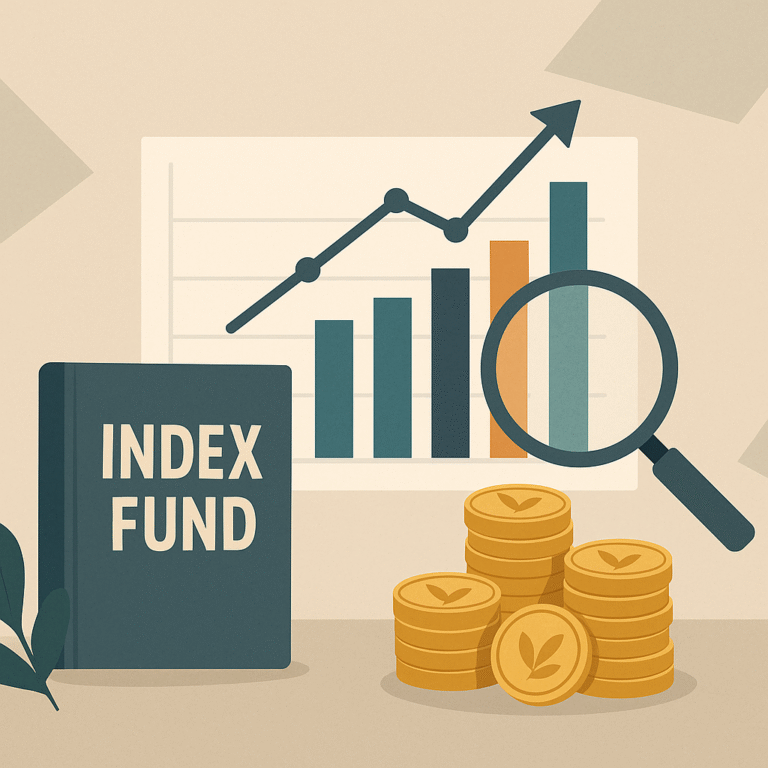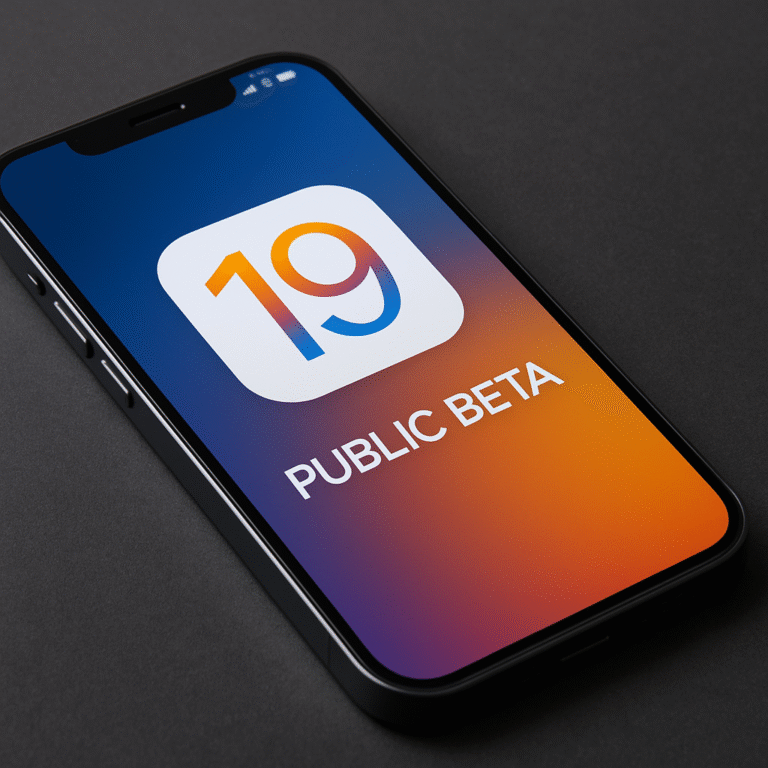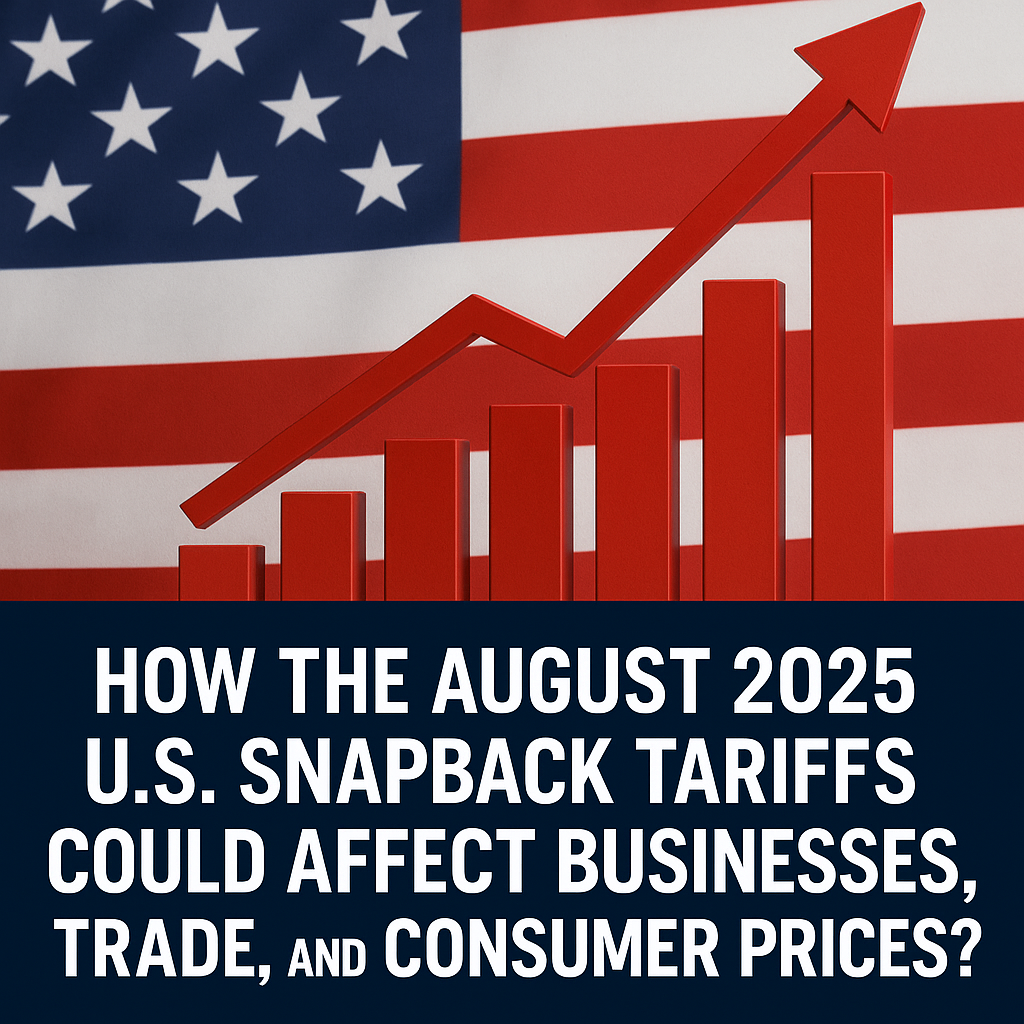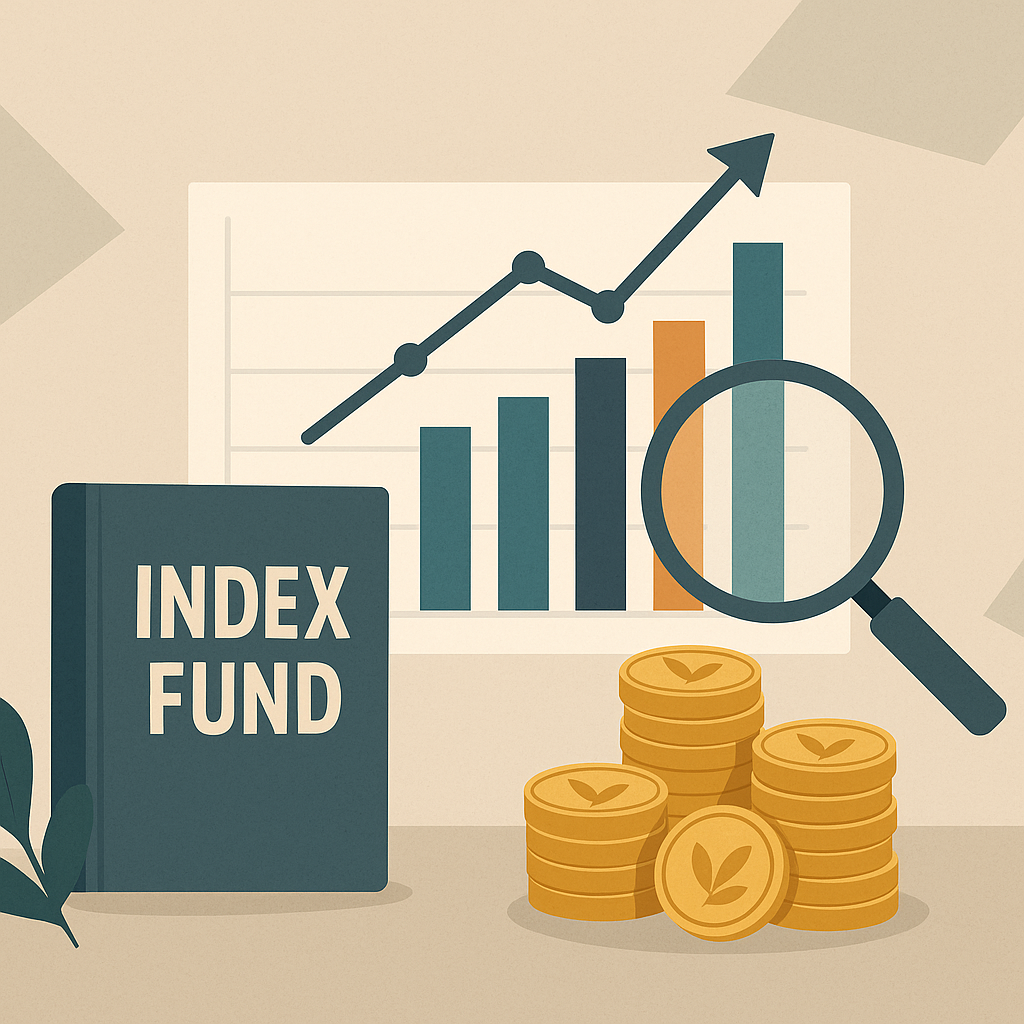Choosing the right programming language in 2025 isn’t just about writing code. It’s about shaping your career in a rapidly evolving tech world. From the surge of AI and machine learning to the expansion of Web3, cloud computing, and automation, the demand for certain languages is shifting faster than ever. Whether you’re a beginner wondering where to start or an experienced developer looking to future-proof your skills, the language you choose now could define the opportunities you’ll have in the next decade.
Factors to Consider When Choosing a Programming Language
Choosing the “best” programming language isn’t as simple as picking the one that’s trending on Twitter or listed at the top of a popularity chart. The right choice depends on your goals, your interests, and where you see yourself in the tech world. Here are the key factors to think about before committing your time and effort:
1. Career Goals
Are you aiming to build sleek websites, train AI models, develop mobile apps, or dive into cybersecurity? Each path leans toward different languages, e.g, JavaScript dominates web development, while Python leads in data science and AI. Knowing your desired field helps you narrow your focus.
2. Industry Demand
Some languages open doors to higher salaries and more job postings. Languages like Python, JavaScript, and Java consistently rank high in hiring demand, while newer languages like Rust and Go are quickly gaining traction in cutting-edge fields.
3. Community & Ecosystem
A vibrant developer community means more tutorials, libraries, frameworks, and forums to turn to when you’re stuck. Established languages like Python and JavaScript have massive ecosystems, while emerging languages might have smaller but very passionate communities.
4. Learning Curve
Some languages are beginner-friendly, while others require a steeper climb. Python, for instance, is known for its simplicity and readability, making it a great first language. Rust, on the other hand, is powerful but more complex, which could challenge newcomers.
5. Longevity & Future-Proofing
Tech moves fast, but some languages have stood the test of time. Java has been relevant for decades, and Python’s role in AI suggests it’ll be around for years to come. Choosing a language with staying power ensures your skills won’t become obsolete overnight.
The Contenders: Top Programming Languages in 2025
There’s no single “best” programming language for everyone, but clear leaders are shaping the tech landscape in 2025. Each of these languages has unique strengths, thriving communities, and specific niches where they shine.
1. Python: The All-Purpose Powerhouse
Python remains the go-to language for beginners and pros alike. It dominates AI, machine learning, data science, and automation while still being used in web and backend development.
Pros: Easy to learn, massive library ecosystem, strong career demand.
Cons: Slower for performance-heavy tasks like gaming engines or real-time systems.
2. JavaScript & TypeScript: The Web Kings
JavaScript powers almost every interactive website on the internet, and in 2025, it’s still indispensable for front-end and full-stack developers. TypeScript, its typed cousin, has exploded in popularity, making large-scale web projects more maintainable.
Pros: Essential for web, huge community, endless frameworks (React, Next.js).
Cons: Can feel chaotic for beginners; ecosystem changes fast.
3. Rust: The Rising Star
Rust has been gaining serious traction thanks to its speed, safety, and security. It’s now a favorite for systems programming, Web3, and blockchain, and even tech giants like Microsoft and AWS are adopting it.
Pros: Memory safety without sacrificing performance, growing demand.
Cons: Steeper learning curve compared to Python or JavaScript.
4. Go (Golang): The Cloud & Backend Champion
Created by Google, Go is beloved for its simplicity and efficiency in building cloud services, microservices, and backend systems. Many DevOps tools (like Docker and Kubernetes) are built with it, making Go a top choice for scalable systems.
Pros: Fast, easy to learn, great for modern backend jobs.
Cons: Less flexible for non-backend tasks, smaller ecosystem than Python or JS.
5. Kotlin & Swift: Mobile Development’s Future
If you want to create mobile apps, these are your go-to languages. Kotlin is now the official Android language, while Swift rules iOS. Both are modern, concise, and widely supported.
Pros: Backed by tech giants (Google for Kotlin, Apple for Swift).
Cons: Limited use outside of mobile ecosystems.
6. Java & C#: The Enterprise Veterans
Java and C# might not make flashy headlines, but they power banking systems, enterprise software, and massive backend infrastructures. They’re deeply entrenched in industries that aren’t going anywhere.
Pros: Huge job market, reliable for big systems.
Cons: Older syntax and slower evolution compared to newer languages.
7. SQL: The Data Essentials
While not a “programming” language in the traditional sense, SQL remains essential for anyone working with data. If your career involves analytics, databases, or business intelligence, SQL is a must.
Pros: Universally needed for data work.
Cons: Limited to querying and managing data — not a general-purpose language.
Emerging Trends That Might Influence Your Choice
The programming language you choose in 2025 won’t exist in a vacuum. It’s shaped by where the tech industry is headed. New technologies, evolving business needs, and shifting job markets all impact which languages will thrive in the coming years. Here are the trends to watch:
1. The AI-First Era
Artificial intelligence isn’t just a buzzword anymore. It’s becoming a core part of nearly every industry. Languages like Python will remain in demand because of their deep integration with AI frameworks (TensorFlow, PyTorch). But new tools and AI-assisted coding (like GitHub Copilot) may lower the barrier for complex projects, which could boost interest in beginner-friendly languages.
2. The Rise of Web3 and Blockchain
With blockchain tech maturing beyond crypto, languages like Rust and Solidity are gaining attention for their roles in smart contracts, decentralized apps, and Web3 infrastructure. Developers who want to work at the cutting edge of finance, gaming, or decentralized systems will see opportunities here.
3. Cloud-Native Everything
Companies are migrating to cloud-first infrastructures, making backend languages like Go, Java, and C# even more relevant. Microservices, serverless architectures, and containerized apps (think Kubernetes and Docker) will keep driving demand for Go’s simplicity and speed.
4. Edge Computing & IoT Growth
As more devices get connected from smart homes to industrial sensors, Rust, C, and Go will play key roles in edge computing and IoT development, where efficiency, speed, and memory safety are critical.
5. Low-Code/No-Code Integration
Low-code platforms are becoming mainstream for basic apps, but they won’t eliminate the need for developers instead, they’ll increase demand for pros who can integrate, extend, and optimize these platforms. This trend might make versatile, general-purpose languages (like JavaScript and Python) even more valuable for “bridging the gap.”
Which Language Should You Learn (Recommendations by Goal)?
With so many great options on the table, the real question isn’t “What’s the best programming language overall?” but “What’s the best programming language for you?”
Here’s a breakdown based on different goals and career paths:
If you’re a complete beginner:
Start with Python or JavaScript.
Python’s clean, readable syntax makes it one of the easiest languages to learn, while JavaScript gets you straight into building websites and interactive apps. Both have massive communities, tons of tutorials, and immediate, practical uses.
If you want to work in AI, data science, or machine learning:
Python is your best friend.
It’s the language behind nearly every AI breakthrough and the foundation of tools like TensorFlow, PyTorch, and pandas. Companies from startups to tech giants rely on Python for anything data-related.
If you’re drawn to web development (front-end or full-stack):
JavaScript and TypeScript are non-negotiable.
JavaScript powers the modern web, and TypeScript adds type safety for large-scale projects. If you’re dreaming of React, Next.js, or building web apps, this is where you should start.
If you want to build high-performance, secure systems:
Rust is the standout choice.
It’s memory-safe, lightning-fast, and increasingly used in systems programming, security tools, and blockchain tech. While Rust has a steeper learning curve, it’s one of the most future-proof bets for deep systems work.
If you’re aiming for cloud, DevOps, or backend roles:
Go (Golang) or Java should be on your radar.
Go is beloved for microservices, serverless apps, and cloud infrastructure, while Java remains a powerhouse in enterprise backends. Both are in high demand across industries.
If you’re passionate about mobile apps:
Kotlin for Android, Swift for iOS.
Kotlin is now Google’s official Android language, while Swift dominates iOS. Want to build the next viral mobile app? These are your tools.
If you want to work with data or business intelligence:
Learn SQL (alongside another language).
While not a general-purpose language, SQL is essential for anyone working with databases. Pair it with Python or JavaScript for a well-rounded toolkit.
Conclusion
Choosing the best programming language to learn in 2025 isn’t about finding a single “winner” it’s about matching the right tool to your goals. Python continues to lead in AI and data science, JavaScript and TypeScript dominate the web, and newer players like Rust and Go are carving out the future of systems and cloud development.
The key takeaway? Don’t wait for the “perfect” choice. Start learning, build projects, and stay adaptable. The tech world evolves quickly, and the best developers aren’t those who know one language forever they’re the ones who keep expanding their toolkit as new opportunities emerge.

